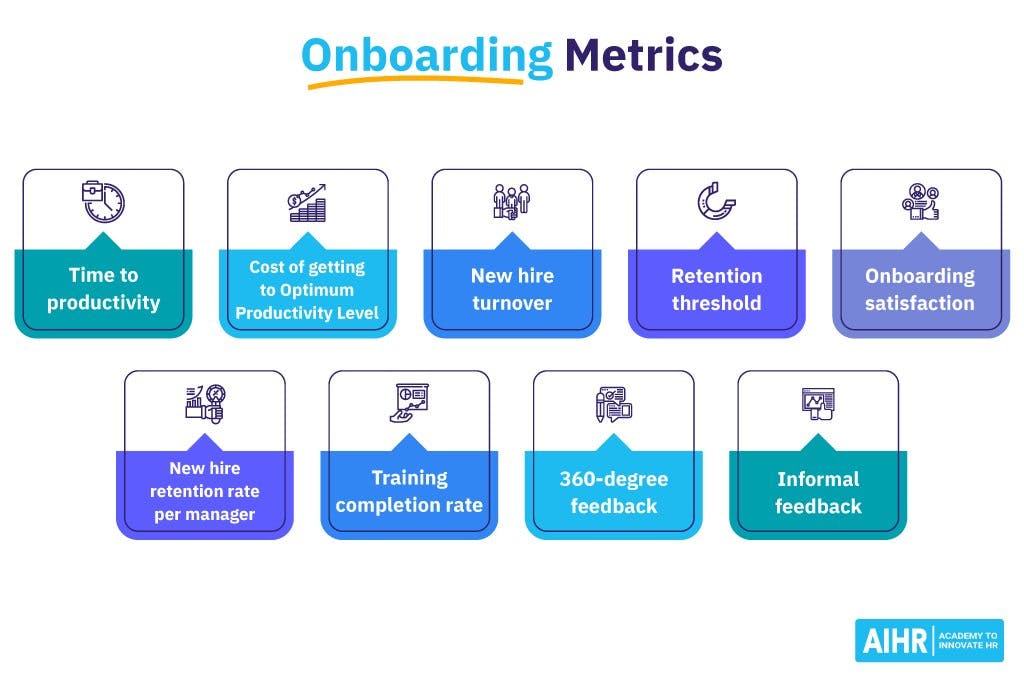How Implementing Effective Employee Onboarding Can Benefit Your Business
Published: 6th April 2023As a new employee, I once started a job where the onboarding process was non-existent. I was given a quick tour of the office, handed a stack of paperwork to fill out, and left to figure out everything else on my own. I struggled to understand the company culture, my role within the organization, and even how to use some of the technology required for my job. It was a frustrating and overwhelming experience, and I almost considered leaving the company.

However, a supportive coworker took me under their wing and provided me with the guidance and resources I needed to succeed. Through this experience, I learned the importance of effective employee onboarding and how it can make or break a new hire's experience.
I'll share my perspective and insights on why organizations should have a structured onboarding program that sets new hires up for success and why it’s worth investing in this field.
Why You Need Effective Onboarding
Employee onboarding is the process of integrating new hires into an organization and setting them up for success in their new role. It is a critical time and financial investment that can have a significant impact on the success of new employees, as well as the organization as a whole.
"At Google, we front-load our people's investment. This means the majority of our time and money spent on people is invested in attracting, assessing, and cultivating new hires." - Laszlo Bock, Work Rules!: Insights from Inside Google That Will Transform How You Live and Lead
Effective employee onboarding can lead to higher engagement, retention, and productivity among new hires, as they are given the tools, resources, and knowledge they need to excel in their role. In contrast, a poorly functioning onboarding program can lead to low performance or even the cost-intensive process of the need to re-hire.
A comprehensive onboarding program should begin before the new employee's first day and extend through their first few months on the job. It should include everything from introductions to key team members and company culture, to training on specific job functions and expectations. Effective onboarding like this can help new hires feel more confident and comfortable in their role, which can lead to increased job satisfaction and a stronger sense of loyalty to the organization.
Overall, investing in effective onboarding is a smart way to ensure that new hires are set up for success and that your organization can reap the benefits of a strong, engaged workforce.
Maximizing The Impact of Onboarding
The best way to create an effective onboarding program is by taking a systematic approach. This means that it should be clearly defined and documented, with specific steps outlined for each role. It's also important to include training on the organization's culture and values, as well as information about key policies and procedures.
By creating a comprehensive onboarding program that includes a combination of orientation, training, and ongoing support, you can help new employees feel confident and connected to their work. Some effective onboarding strategies include assigning a mentor or buddy to new hires, providing regular check-ins and feedback, and offering opportunities for professional development.
We have created a comprehensible overview that you can dive into in the article "How To Onboard Remote Employees Efficiently In 8 Steps (+ Checklist)".
Ultimately, investing in employee onboarding is an investment in the success of both new hires and the organization as a whole.
How to Track and Analyze the Effectiveness of Your Onboarding Strategy

© AIHR
As with other departments of your organization, HR/People Management can highly benefit from metrics that guide the success or failure of new initiatives. Rather than simply providing an overview of company policies and procedures, modern onboarding programs focus on a systematic, metrics-driven approach. You can track several metrics as part of your onboarding process which will help you understand what you should focus on and what you should deprioritize. This will allow you to measure the quality and effectiveness of that process, giving an accurate picture of which areas need improvement.
AIHR has defined 9 onboarding metrics to track:
- Time to productivity
- Cost of getting to Optimum Productivity Level
- New hire turnover
- Retention threshold
- Onboarding satisfaction
- New hire retention rate per manager
- Training completion rate
- 360-degree feedback
- Informal feedback
Whether you decide to use these metrics or create some of your own, the most essential part is that you have a quantitative and qualitative form to evaluate your onboarding process and learn and adjust constantly.
The Importance Of Effective Employee Onboarding

In today's fast-paced and competitive business environment, effective employee onboarding is more important than ever. By investing in a comprehensive onboarding program that goes beyond traditional orientation and training, you can maximize engagement, productivity, and retention among new hires. By following the best practices outlined, you can create a successful onboarding program that sets new hires up for success and ensures the long-term success of your organization.

Jesse K.
Jesse helps companies working remotely create a social connection by providing trending topics & inspiration via remotenactive.com


